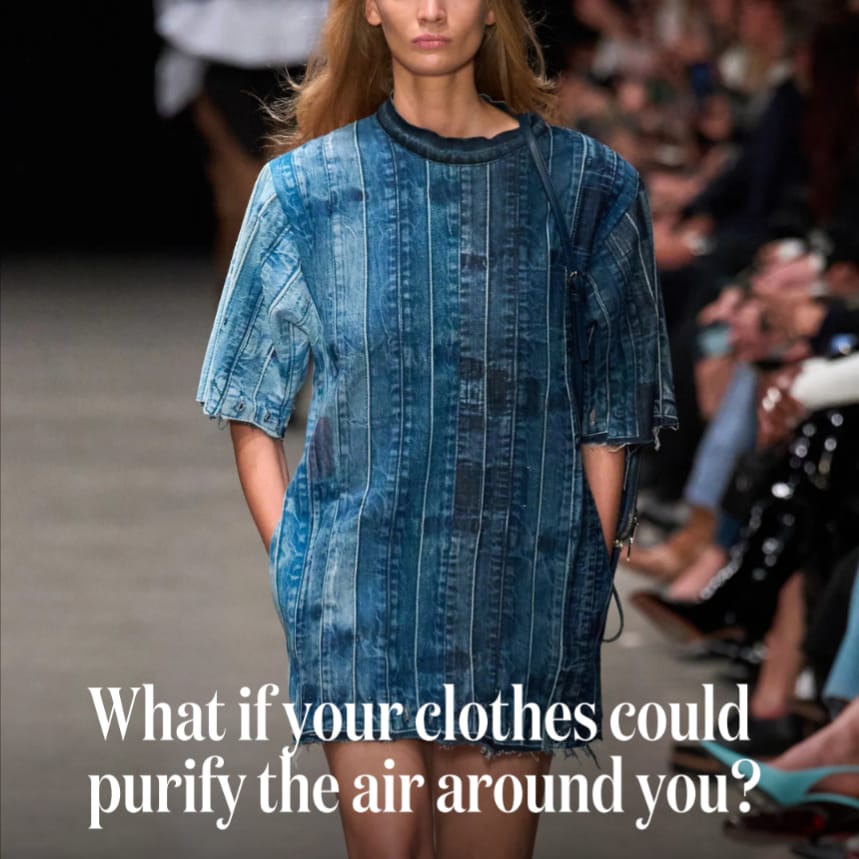Making plus size clothing is more complicated than extending sizes. More than 60 per cent women in the United States are a size 14 and up, but they continue to be underserved. Women are having a hard time identifying their own body shape, which informs how they shop. Women often misidentify their body shape. They may consider themselves to be hourglass-shaped when they are not and are actually pear-shaped. This discrepancy happens because of the way brands market and sell their clothing.
For many retailers, extended sizing means simply making straight-sized garments in larger sizes, a process that neglects the fact that women have different sizes and shapes. Of the 62,000 specialty stores in the US, only 2,000 of them focus on plus size women.
Plus size clothing sales represent around 17.5 per cent of all women’s clothing sales in the US. Plus size fashion is here to stay and has already conquered the hearts and budgets of many in the apparel industry. Spending on this niche is on the rise and so are the opportunities for retailers wanting to tap into the $46 billion opportunity. E-commerce contributes to the growth of plus size fashion primarily because of ease of access, size availability and convenience that it provides.
Plus size apparel is more than just size
- 1
- 2
- 3
- 4
- 5
- 6
- 7
- 8
- 9
- 10
Blueprint 2030: India’s textile industry charts a $100 bn export mission
When India’s Ministry of Textiles unveiled its four-point action plan recently, it wasn’t just another policy announcement it was a... Read more
Cheaper Indian yarn threatens Bangladesh’s textile backbone
Bangladesh's yarn and textile manufacturing sector is facing a severe crisis, primarily due to a price gap between locally produced... Read more
Threadbare Peace: Why the US-China textile truce freezes pain instead of fixing …
The historic economic understanding between US President Donald Trump and Chinese President Xi Jinping, reached in Busan last week, may... Read more
German Textile and Fashion Industry demands SME friendly procurement rules
The German Textile and Fashion Industry Federation (Gesamtverband textil+mode) is urgently warning the German Bundestag about the potential negative consequences... Read more
Intertextile Shanghai Spring 2026: Driving fashion’s future AI and sustainabilit…
As the global fashion supply chain rapidly evolves through technological advancements, China continues to cement its role as a leader... Read more
H&M Foundation and Accenture warn incremental change can’t save fashion’s cl…
A new report from the H&M Foundation and Accenture reveals that the fashion industry has reached a critical inflection point,... Read more
A Stitch in Time: How circular fashion is moving from niche to the norm
Once considered a fringe movement, circular fashion is rapidly becoming a mainstream business reality. The linear model of ‘take, make,... Read more
H&M invests in AltMat to scale India’s Next-Gen fiber innovation
In a defining move for India’s sustainable fashion ecosystem, H&M Group Ventures has made its first textile investment in the... Read more
EURATEX Director General pitches "New Business Model" at textile confe…
The global textile and apparel value chain is at a critical juncture, requiring a fundamental shift in its operating philosophy.... Read more
From Runway to Atmosphere: When clothes begin to clean the air
At Paris Fashion Week, Stella McCartney once again blurred the line between fashion and science. Her latest innovation, denim that... Read more












